The goal for the 25th of September was to be at the caravanserai Tasch Rabat. From here we wanted to start the 38 days long China transit together with a group of “overlanders” (individual travelers with their own car). When you want to cross China and Tibet with your own car you need a guide which is always on your side and endless permits which have to be organized. The price for a 3-weeks transit reaches easily 6.000€ which is absolutely out of budget. It becomes only affordable by organizing a convoy of overlanders who planning to do the same trip at the same time. The organization of such a group took me more than 9 months. I found in travel boards 8 overlanders. With the time we ended up with 6 teams and a suitable travel agency. 38 days China transit with Tibet should cost 2.300€ per team. The 26th of September was fixed as the entry date. If someone couldn’t make it until the 26th the money would be gone.
But we made it! All of the teams arrive in time at the caravanserai. For the next 38 days Julia and Wanja (Germany, T4-Transporter), Nicolette and Jeroen (Netherlands, Toyota Landcruiser), Ines and Javier (Spain, Mercedes Sprinter), Ruth and Jürgen (Germany, MAN-Truck) and also Sue and Ed (England, Toyota Landcruiser) should be always on my side. We figured out quit fast that we are a really good team!

You can describe the entering to China with one word: Tiring! After leaving Kyrgyzstan we had to wait for our guide before we were allowed to enter China. He guided us first to a checkpoint then to the border station which was 80 kilometers far away from the border. There is only one time zone in China: Beijing time. So we had to turn our watches 2 hours ahead. And that’s why we also learned another important thing in China: The lunch break. These last 3! Hours from 13:30 to 16:30. If you need any official way to do and you end up during this time you have to wait!
We had to leave our cars for one night at the Chinese customs. Reason: The car entry permit has to send to the central district Urumqi and then to the car permit center in Chengdu (other end of China). And this can easily last one day. We were driven by a bus to Kashgar which was 70km away. Here we could feel real Silk Road flair mixed with Chinese big city life. Kashgar is located in the autonomous Chinese province Xingjang which is mostly populated by Muslim Urigurs. The language is besides Chinese Urdu, which is also spoken in parts of Pakistan and Afghanistan.
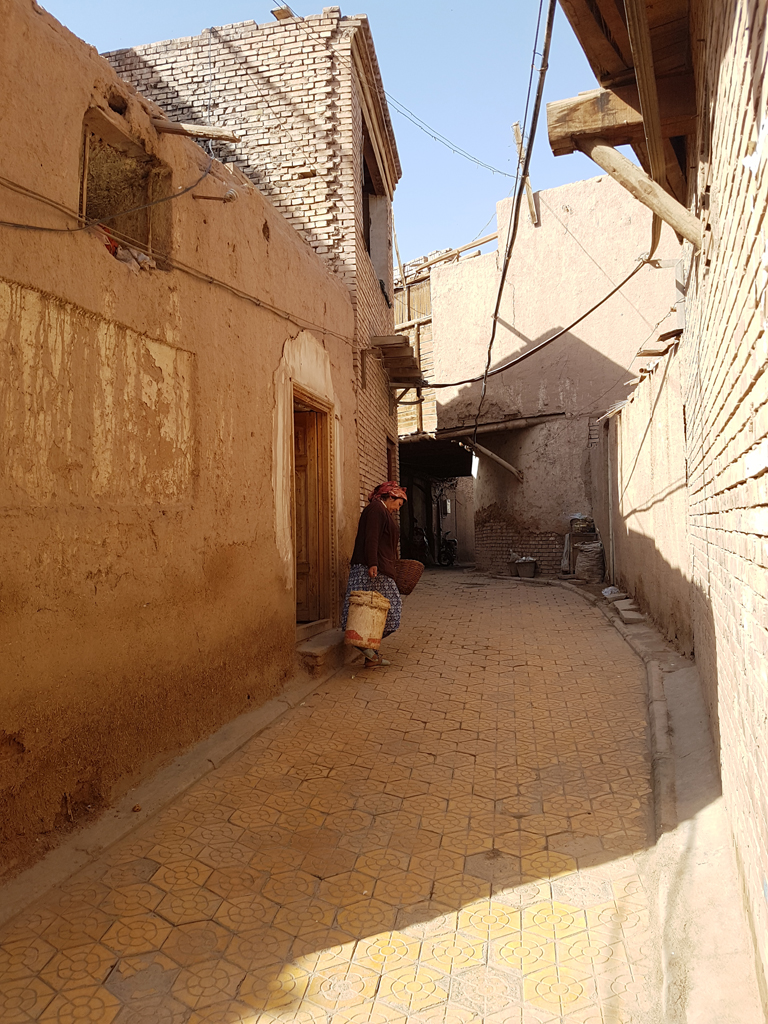
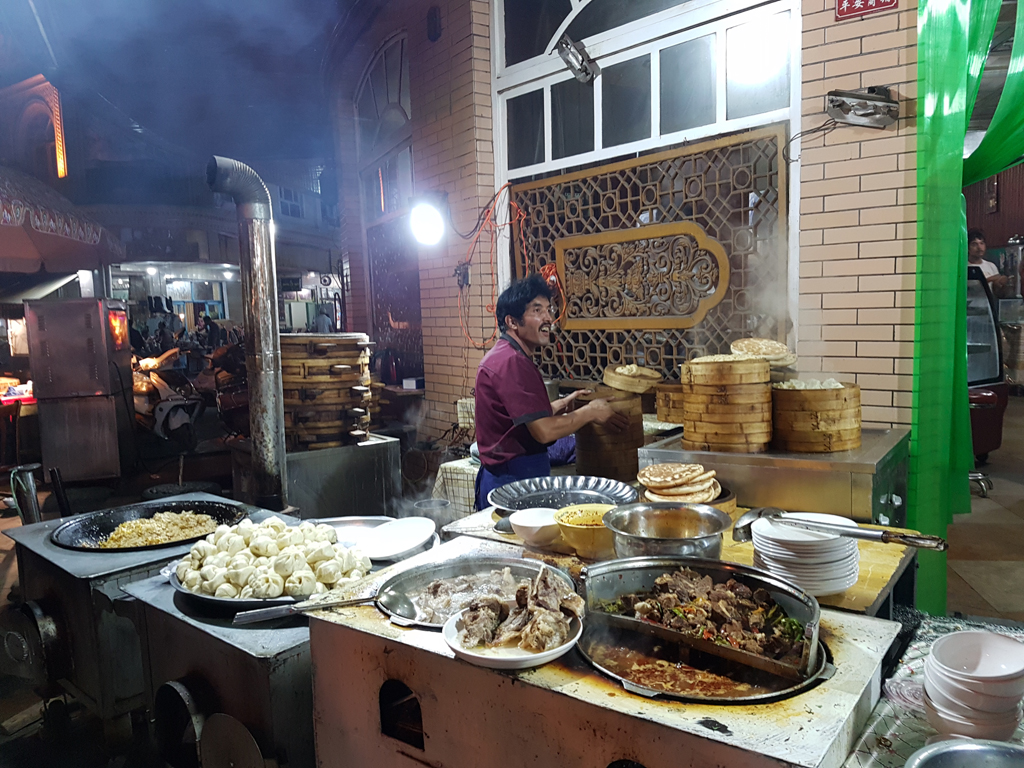

The Chinese bureaucracy continued the next days: 3 hours for 6 SIM cards, 5 hours for getting the car back from the customs. The cars also needed to be tested in a Chinese car test before we could get Chinese license plates and driver license. The car test was basically a breaking test where my car and the car of Javier failed the first time. While my car passed on the second try, Javier car failed 4 times and he only could get the license because the agency paid a bribe. For us it meant one day waiting and camping in front of the Chinese test center because of course we managed to hit two times the lunch break.
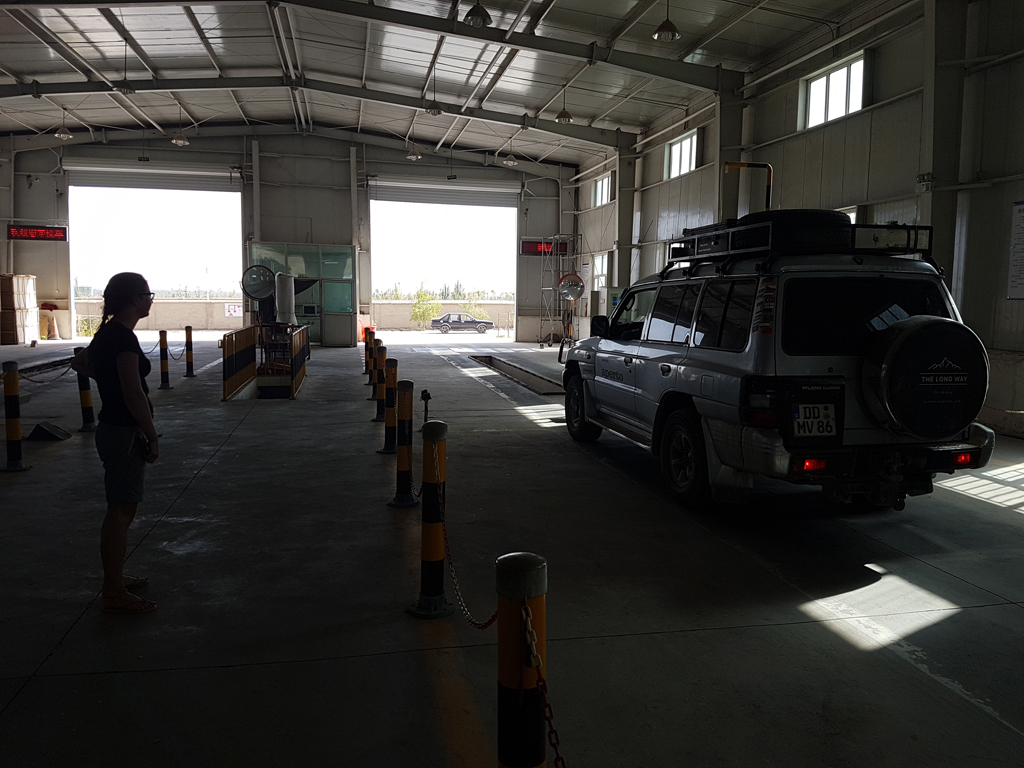
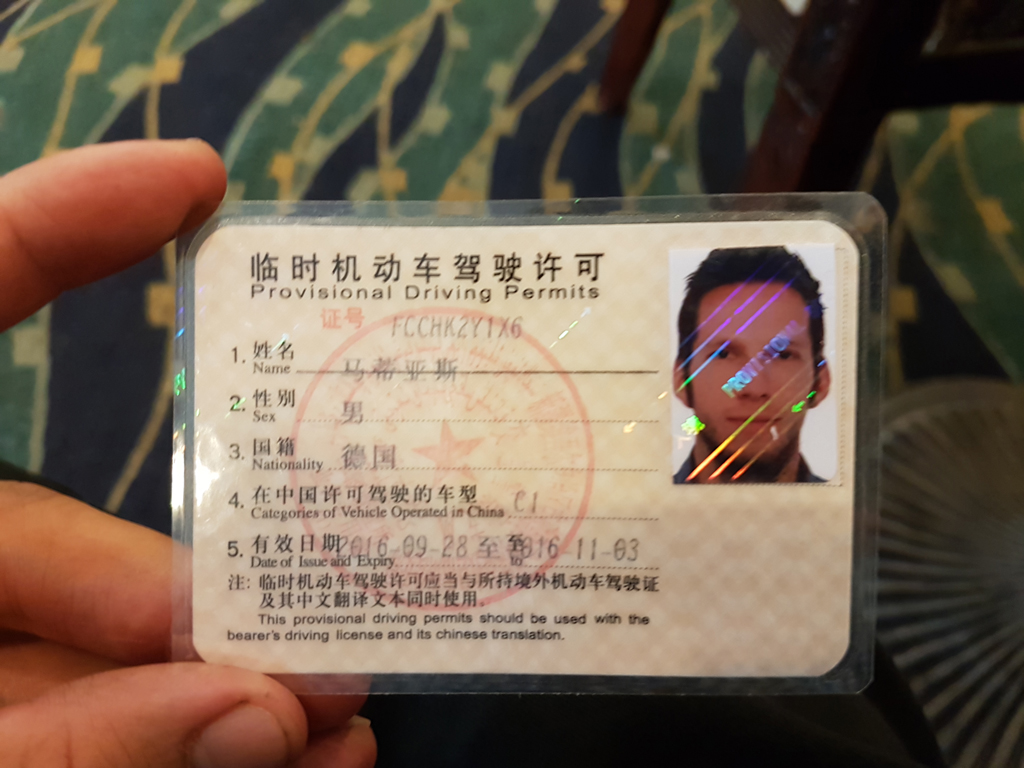
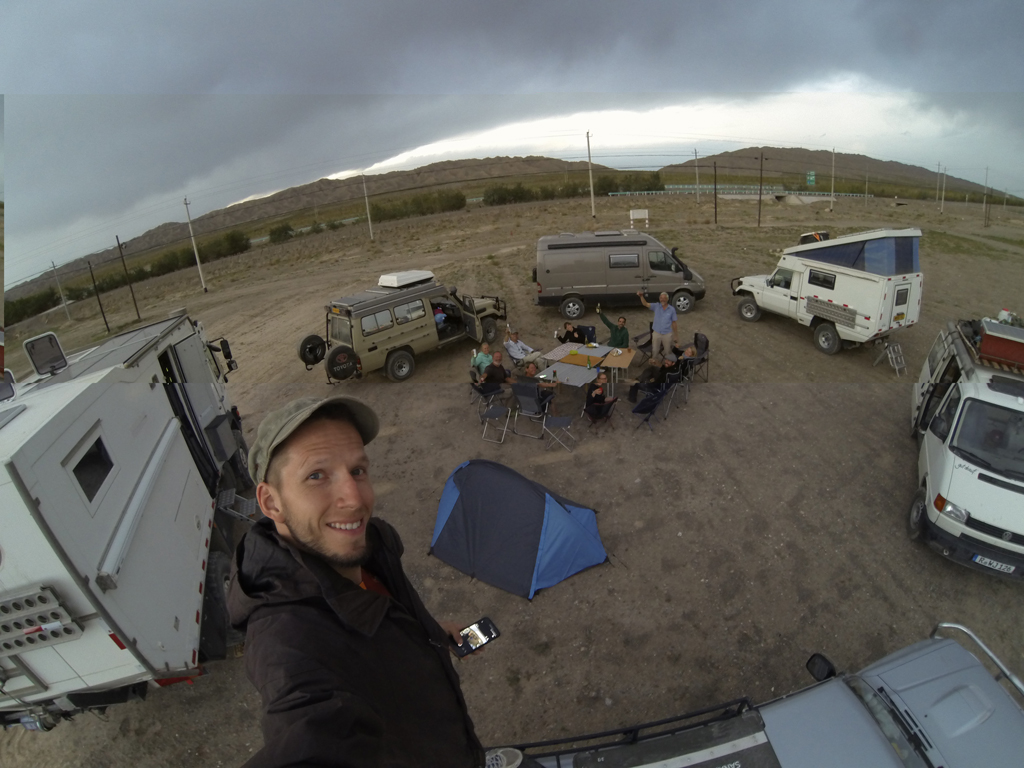
After 3 days we could finally continue our journey but only for 280 km. Then we had to wait again more than 3 hours for getting the driving permit for the province of Xingjang. So we could easily say that we spent more than the half of the time of our first days in China with waiting.
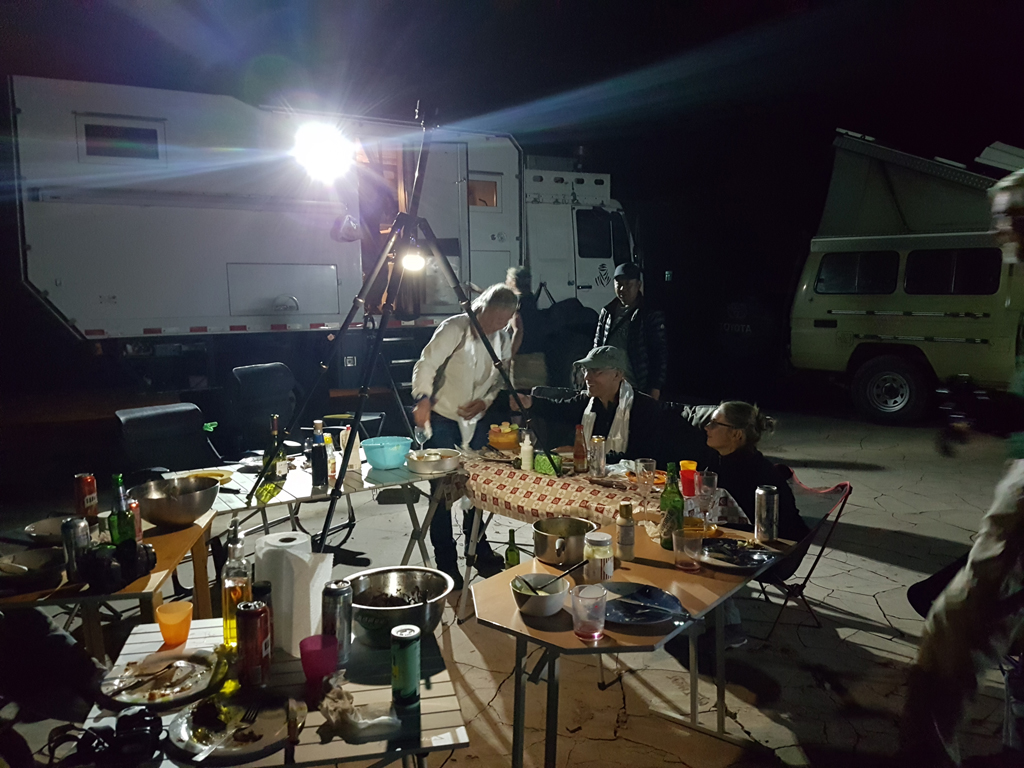
But our reward for our patience should come the next days. We were so close in front of one of our biggest highlights of our trip: Tibet! An area where for a long time foreigners were not allowed to travel to at all. Now a province of China after the culture revolution. A country full of culture and incredible beautiful landscapes. A dream of every traveler…
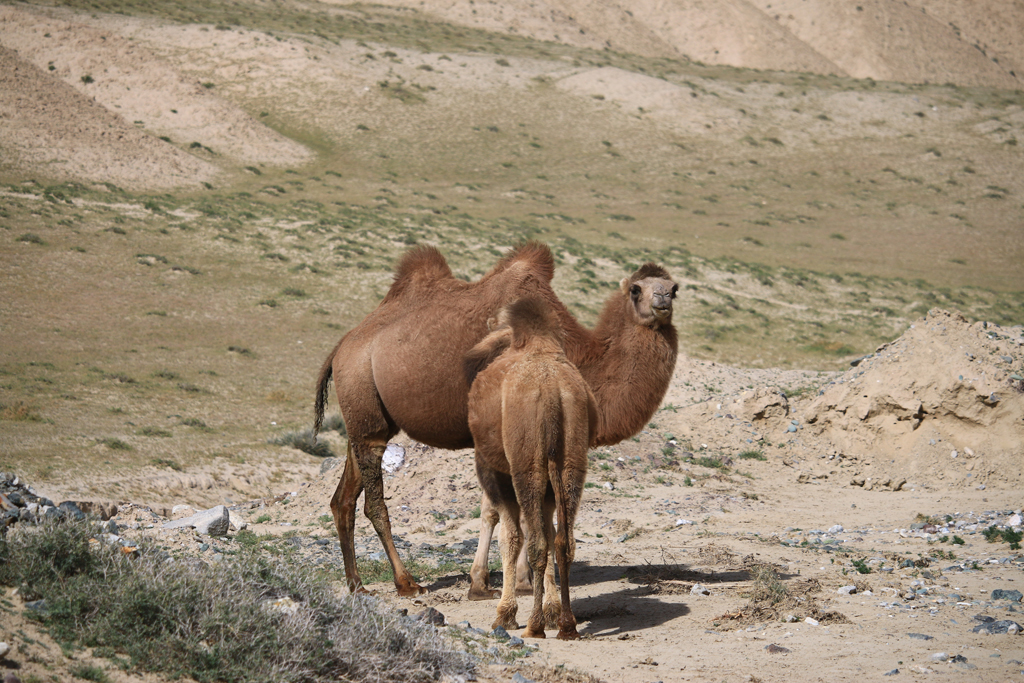


Überqueren des Gebirgsflusses mit dem Auto: in den Morgenstunden gibt es in der Regel weniger Wasser. Tagsüber nimmt die Wassermenge dank der Schmelze unter höheren Temperaturen zu. Im Nottfall muss man bis zum nächsten Morgen warten. Ähnlich funktioniert es z. B. am Island. Grüße Tom
Hi Mathias,
ich bin mit meinem Motorrad gerade in Georgien (Telavi/Kachetien) und will weiter in den Iran (Visum habe ich).. Ich überlege weiter zu fahren nach Indien, bekomme aber kein Visum für Pakistan. Ich würde entweder von Baku übersetzen nach Kasachstan oder nördlich am Kaspischen Meer entlang. Kannst Du mir einen Tipp geben, was der beste Weg ist weiter nach Indien? Danke schon mal und schöne Grüße, Dieter
Hi Dieter. Warum hat es denn mit dem Pakistan Visum nicht geklappt? Jeder andere Weg nach Indien geht nur über China und das wird kompliziert. Ist allerdings machbar. Wenn du über die Stans fahren willst, kannst du dir das Usbekistanvisum besorgen. Zusammen mit dem iranischen bekommst du dann auch das Transitvisum für Turkmenistan. Die Strecke ist auf jeden Fall sehr cool und den Iran solltest du dir auch nicht entgehen lassen! Grüße nach Georgien 🙂